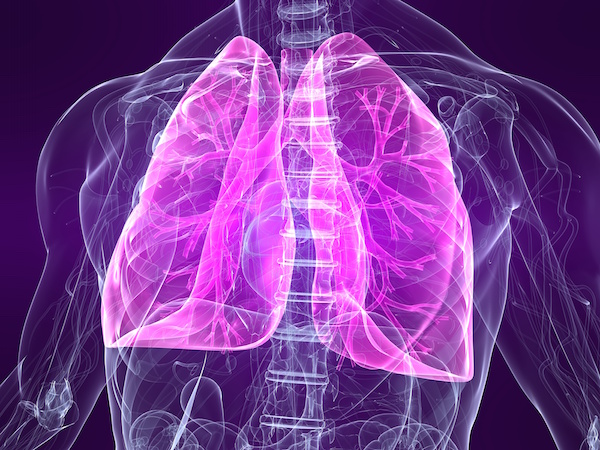
SUNDAY, June 13 (HealthDay News) — A new approach to liver transplantation is making headway in preliminary work with rats, researchers say.
Their work at the Center for Engineering in Medicine at Massachusetts General Hospital (MGH-CEM) could ultimately point the way toward engineering fresh, functioning and transplantable liver organs out of discarded liver material, the researchers suggest.
The research, reported online June 13 in Nature Medicine, is just at the “proof-of-concept” stage, but the team believes it has successfully fashioned a laboratory method to take stripped down structural liver tissue and essentially “reseed” it with newly introduced liver cells. The seed cells are then coaxed to adhere to the host scaffolding, so that they grow and eventually re-establish the organ’s complex vascular network.
Although the highly complex technique is still far from the point at which it might be applicable to humans, the prospect is hopeful news for the liver transplant community. Because of a drastic shortage of donor organs, about 4,000 Americans are deprived of potentially life-saving liver transplants each year.
“There is great potential for constructing full-fledged liver lobes containing animal or human cells,” study co-author Dr. Martin Yarmush, director of MGH-CEM, said in a hospital news release. “But several thorny issues must first be tackled,” he noted.
“Given enough careful work, this approach could ultimately revolutionize tissue engineering and provide real working grafts for the liver and other complex tissues,” Yarmush added.
The authors pointed out that building liver tissue is particularly challenging, given that each of the organ’s cells are essentially metabolic factories that must be in constant contact with the intricate vascular system.
The team sought to build on prior work that targeted the rebuilding of rat heart tissue, which is much less delicate in structure than liver tissue.
Efforts to remove living cells from rat livers until the organs were stripped to their structural base were effective, followed by more success when the team synthetically reintroduced the cells to their correct functional locations in order to reconstitute blood vessel networks.
Subsequent attempts to reintroduce the prime motors of liver function cells — called hepatocytes — also worked. Grafts of such rebuilt liver tissue were then reattached to organ tissue in live rats, although so far the team has only been able to demonstrate normal tissue function for several hours following such transplantation.
In the news release, senior author Korkut Uygun nonetheless described the work to date as “a great start.”
It’s important to note that, while the new findings could prove significant, research with animals often fails to yield benefits for humans.
More information
For more on liver transplantation, visit the U.S. National Digestive Diseases Information Clearinghouse.

